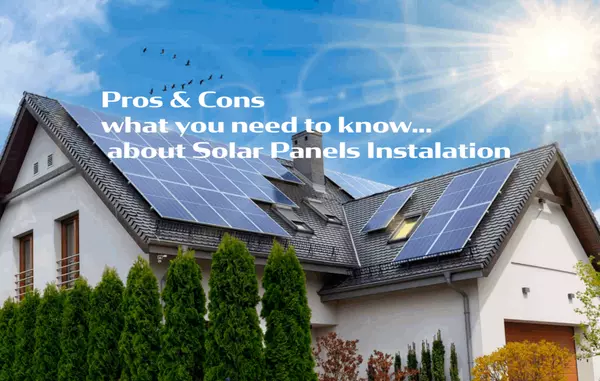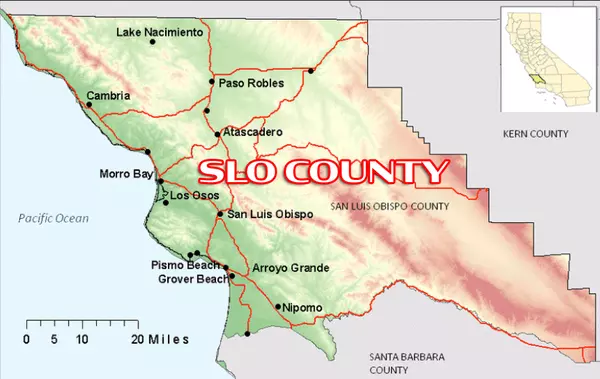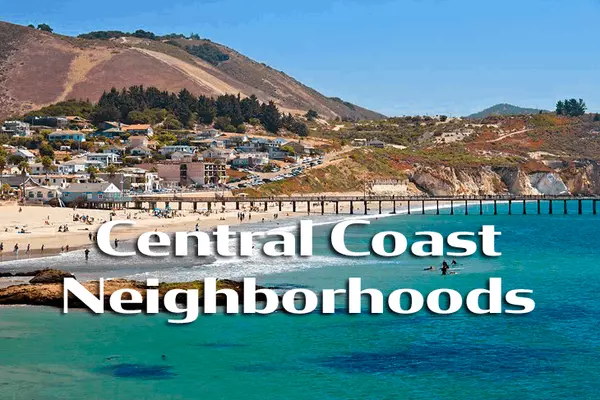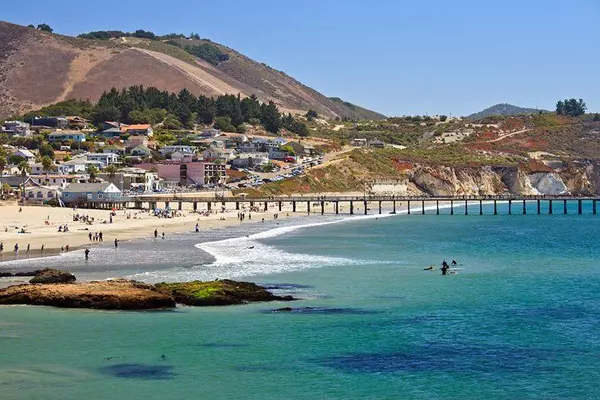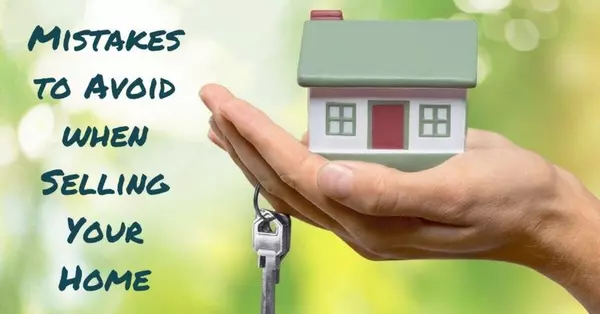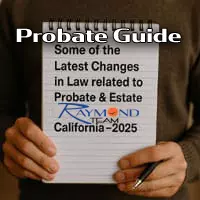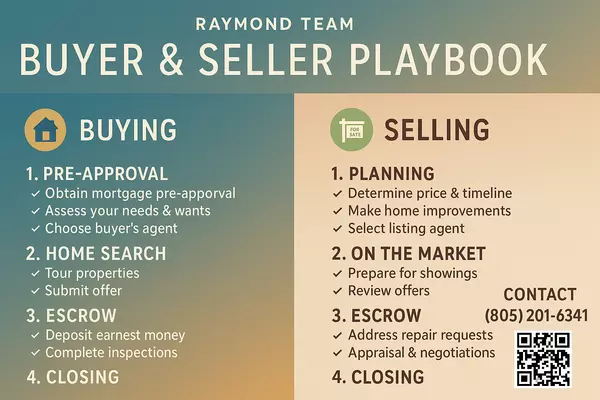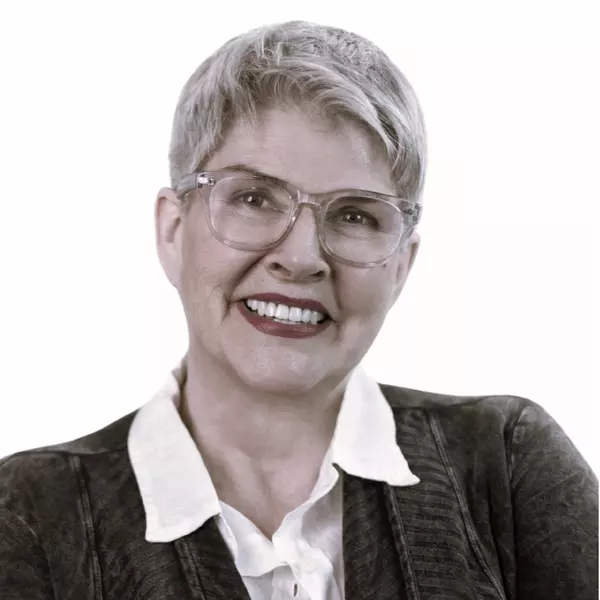Investing in eco-friendly real estate
Investing in eco-friendly real estate is not just a trend; it's a smart financial decision!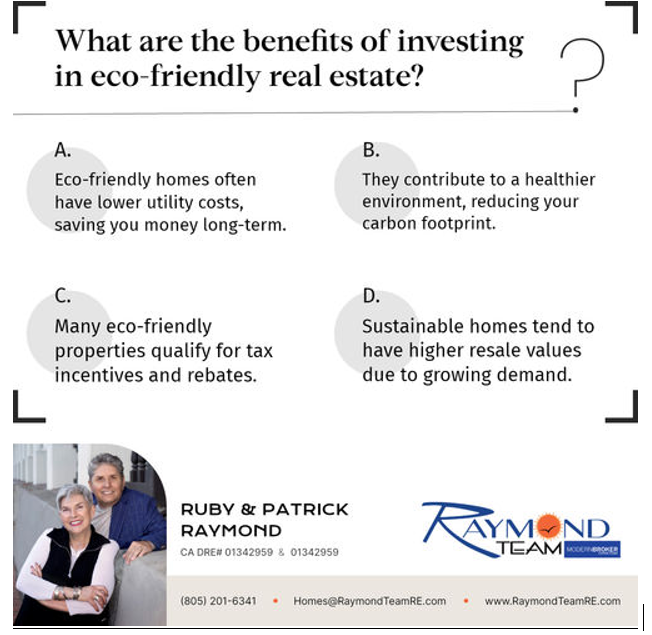
🌍✨ With rising energy costs, eco-friendly homes can significantly lower your utility bills, making them a wise investment for the future.
Additionally, these properties contribute to a healthier environment, allowing you to reduce your carbon footprint while enjoying modern living.
Did you know that many eco-friendly homes qualify for tax incentives?
This can lead to substantial savings!
Furthermore, as sustainability becomes increasingly important to buyers, these homes often see higher resale values.
At The Raymond Team, we are committed to helping you navigate the exciting world of eco-friendly real estate on the Central Coast.
Key features include high levels of insulation, airtight construction, high-performance windows, and energy-efficient systems like solar panels and heat pumps. Passive design principles, such as optimal house orientation and natural shading, maximize natural light and reduce the need for artificial systems. Water conservation methods, like rainwater harvesting and greywater systems, also reduce a home's environmental impact.
Key Components of an Eco-Friendly Home
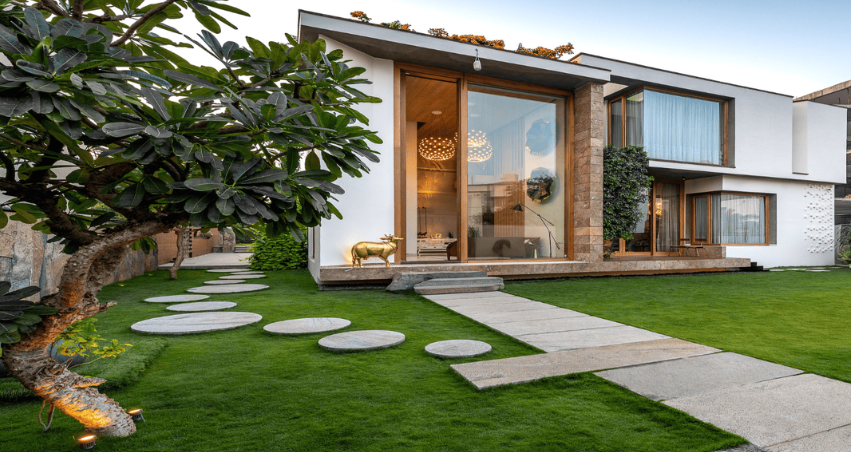
- Passive Design:
- Orientation: Position the house to maximize south-facing windows for winter sun and minimize heat loss, and use overhangs to block summer sun.
- Natural Ventilation: Design the home to allow for cross-flow ventilation to cool the house naturally.
- Thermal Mass: Incorporate materials with thermal mass to absorb and store heat from the sun, releasing it later to maintain temperature.
- Energy Efficiency:
- High Insulation: Use high levels of thermal insulation in walls, roofs, and floors to maintain consistent indoor temperatures.
- Airtight Construction: Seal the house to prevent air leaks, combined with a mechanical ventilation with heat recovery (MVHR) system to ensure air quality.
- High-Performance Windows: Install double or triple-glazed windows with low-emissivity coatings to prevent heat loss.
- Renewable Energy: Power the home with solar panels, small wind turbines, or electricity from a "green" supplier.
- Efficient Systems: Utilize efficient heating and cooling systems, such as heat pumps, often coupled with solar panels and batteries for maximum benefit.
Water Conservation:- Rainwater Harvesting: Collect and store rainwater for uses like toilet flushing and garden irrigation.
- Greywater Systems: Treat and reuse water from sinks, showers, and laundry for non-potable purposes.
Sustainable Materials:- Natural & Local Materials: Use locally sourced, natural, and renewable materials such as wood and clay plasters.
- Recycled & Low-VOC Materials: Incorporate recycled building materials and products with low levels of Volatile Organic Compounds (VOCs), such as low-VOC paints and glues.
- Smaller Footprint:Building smaller or even tiny homes requires less energy to heat, cool, and operate.
- Green Roofs:Grow plants on the roof to help regulate temperature, reduce air pollution, and increase oxygen production.
- Composting Toilets:Reduce water usage and create a valuable soil amendment by using composting toilets.
- Earth Sheltering:Build into the side of a hill to take advantage of the earth's natural insulation, making the home less sensitive to outside temperature changes
At The Raymond Team, we are committed to helping you navigate the exciting world of eco-friendly real estate on the Central Coast.
Let us guide you in making a positive impact while securing your financial future!🌿🏡
Categories
- All Blogs (20)
- Best Real Estate Agent on the central Coast (7)
- Buyers Guide (2)
- Cambria, Templeton, Pismo Beach, Paso Robles, Nipomo (16)
- downsizing (2)
- Eco Friendly (1)
- Investing Green (2)
- Market Analyst (2)
- Probate and Trust (3)
- Prop 19 (1)
- relocations (1)
- San Luis Obispo Home Sales 2025 (3)
- San Luis Obispo, Pismo Beach, Arroyo Grande, Grover Beach, Avila Beach, Morro Bay, (18)
- selling to move (9)
- SLO Market (4)
- Solar (1)
- Top Agents on the central coast (4)
Recent Posts

